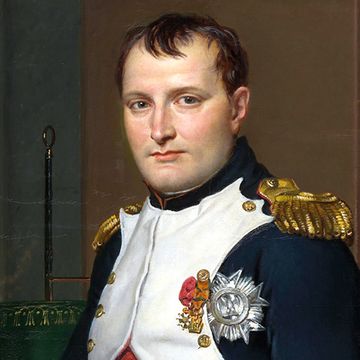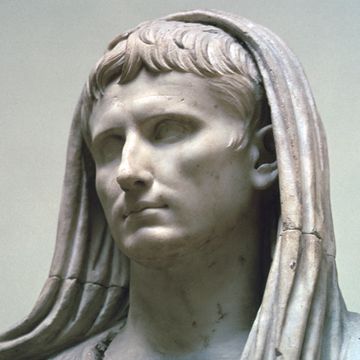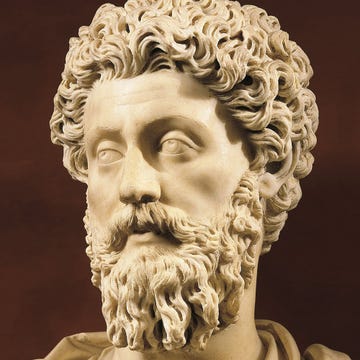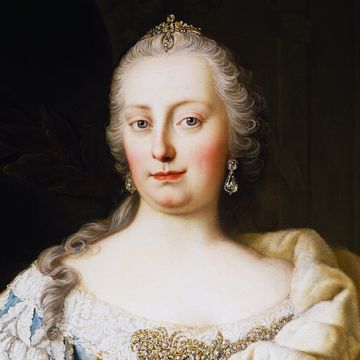10 Influential Leaders of the Ancient World
From military might to philosophical insights, these ancient leaders shaped how we live today.

We may earn commission from links on this page, but we only recommend products we back.
If one common thread connects all leaders throughout history, it’s that they eventually stop being leaders. They are either deposed, defeated, resign, or simply just die. In many cases, their names and legacies are lost to time, as famously illustrated by the Percy Bysshe Shelley poem “Ozymandias.” But a rare few leaders have had such an impact that their memory endures—a feat all the more impressive for the men and women who ruled over parts of the ancient world.
These ancient world leaders are still studied, and in many cases, admired and emulated to this day. Some, like Alexander the Great, were military leaders. Others, like Confucius, were thought leaders. And more still, such as philosopher emperor Marcus Aurelius, straddled both worlds.
Whether history remembers them as inspirations or cautionary tales, these ancient leaders are united in the fact that their influence extends beyond their region, beyond their era, and into the world we inhabit today. Here are 10 leaders of the ancient world who helped shape the world as we know it.
Keep Reading: What Made Cleopatra Such a Powerful Rule | The 13 Most Cunning and Ruthless Military Leaders of All Time
Michale Natale is a News Editor for the Hearst Enthusiast Group. As a writer and researcher, he has produced written and audio-visual content for more than fifteen years, spanning historical periods from the dawn of early man to the Golden Age of Hollywood. His stories for the Enthusiast Group have involved coordinating with organizations like the National Parks Service and the Secret Service, and travelling to notable historical sites and archaeological digs, from excavations of America’ earliest colonies to the former homes of Edgar Allan Poe.


Historian Deduce Where Alexander Became ‘Great’

This Ancient Tomb Secretly Held Famous Royals

A Stolen Headless Statue Has Finally Returned Home

Mark Antony

















